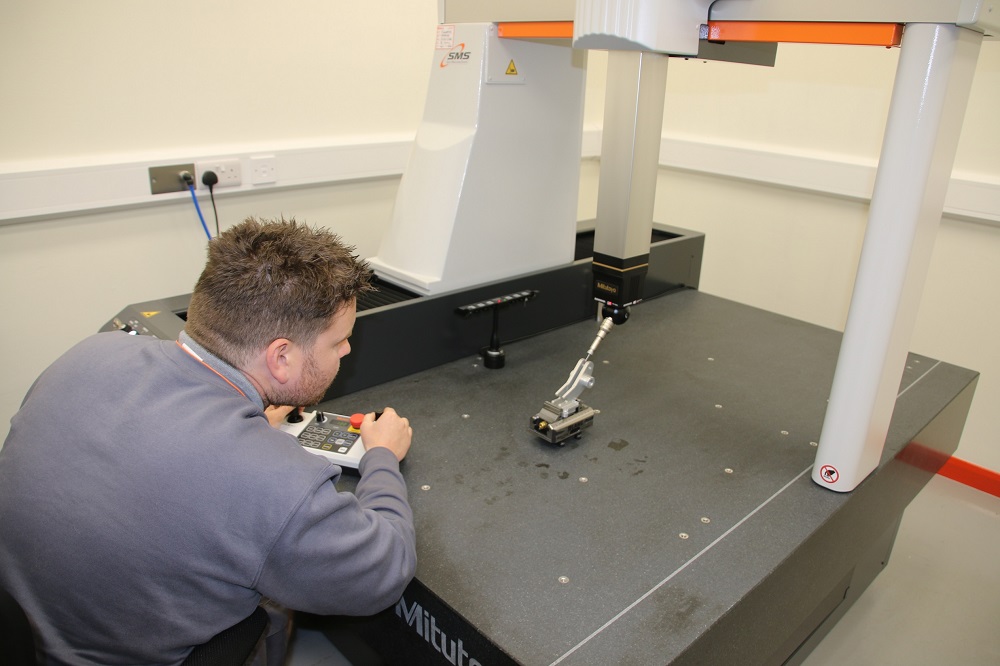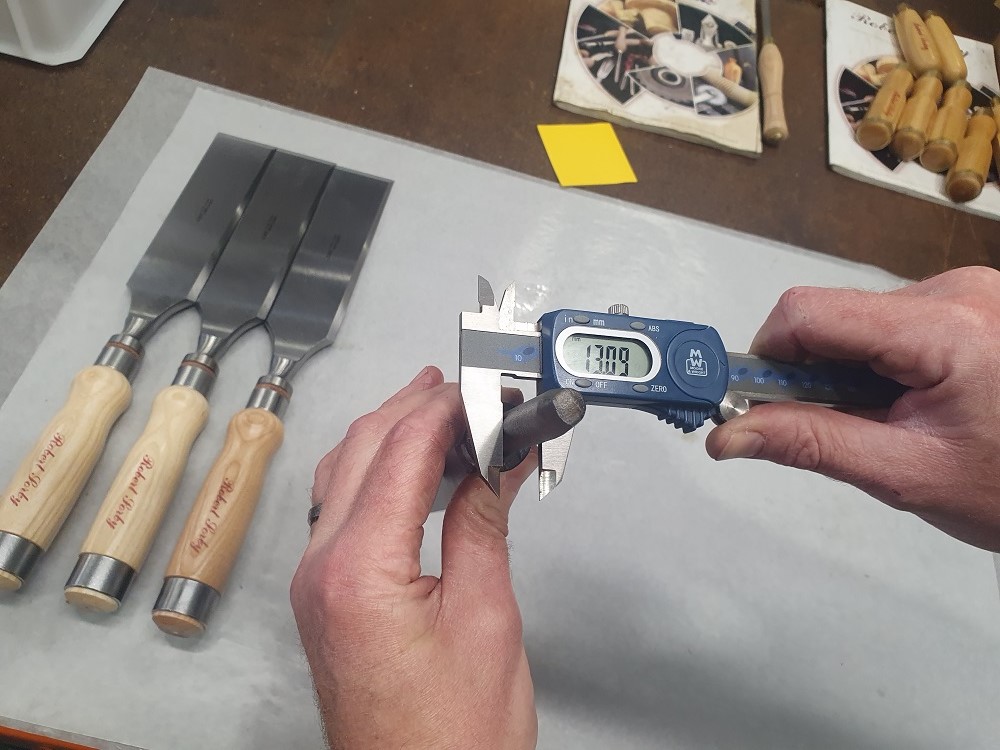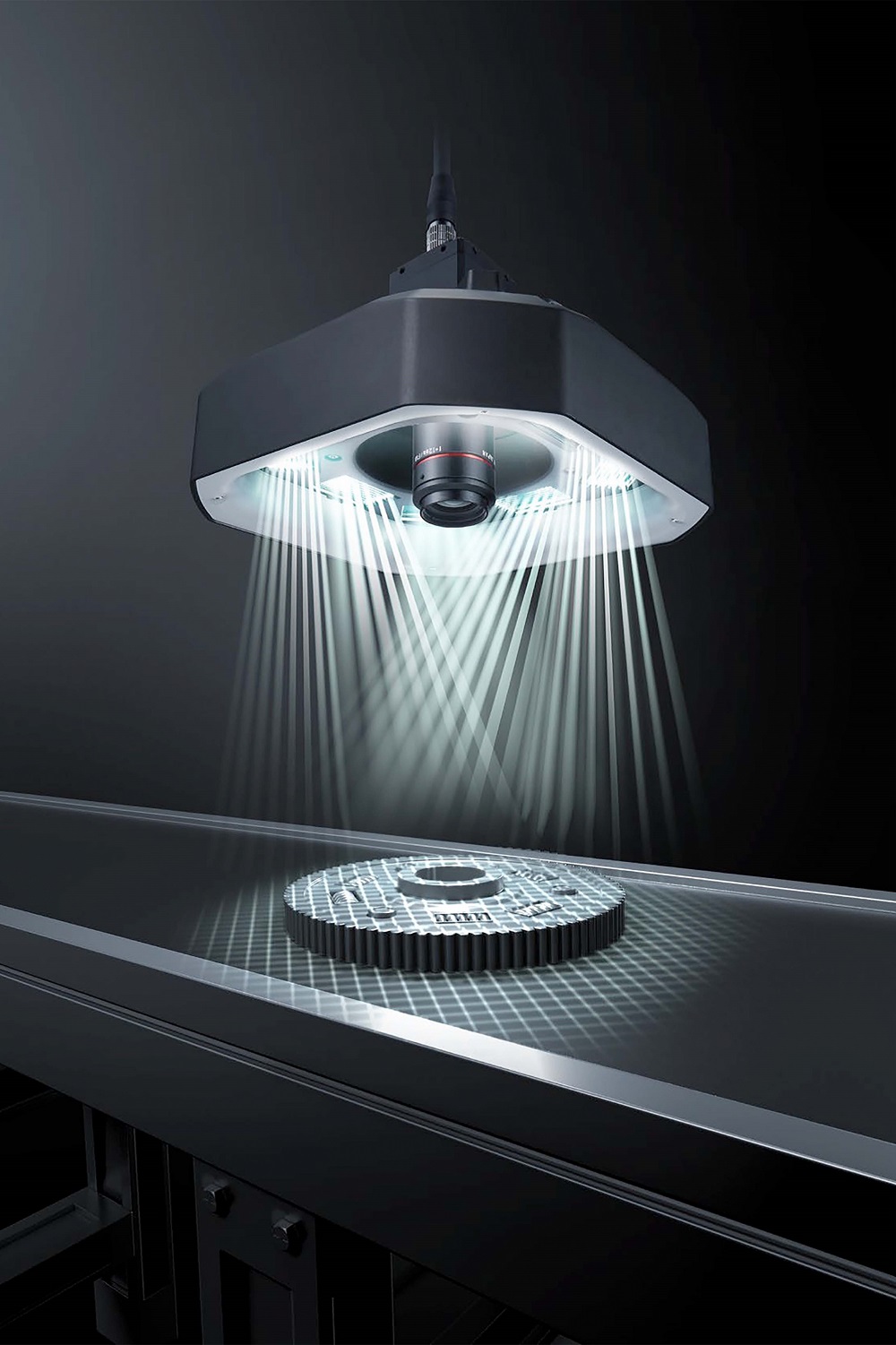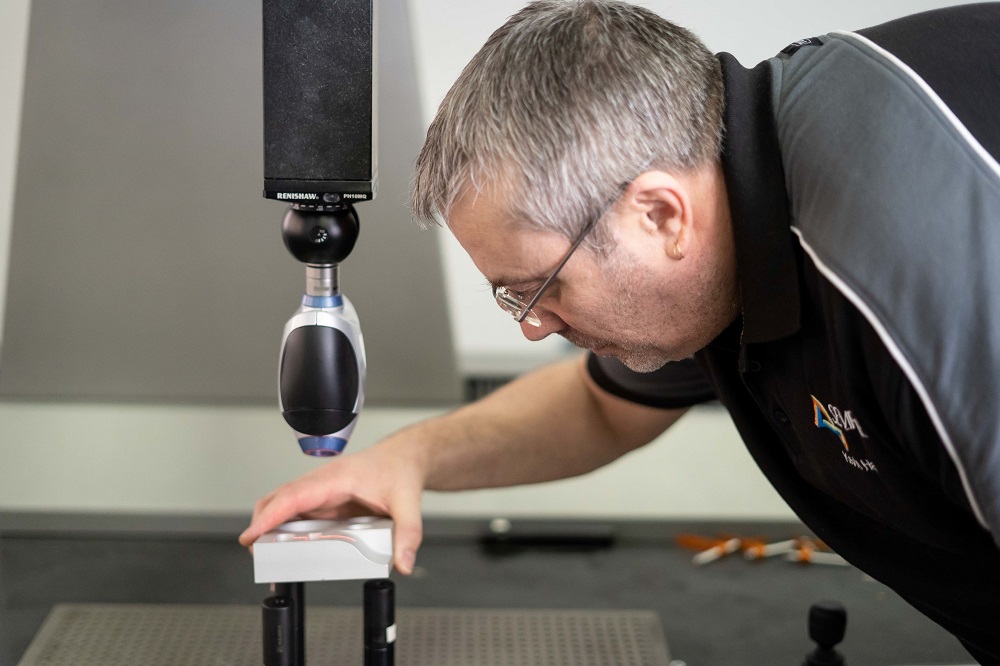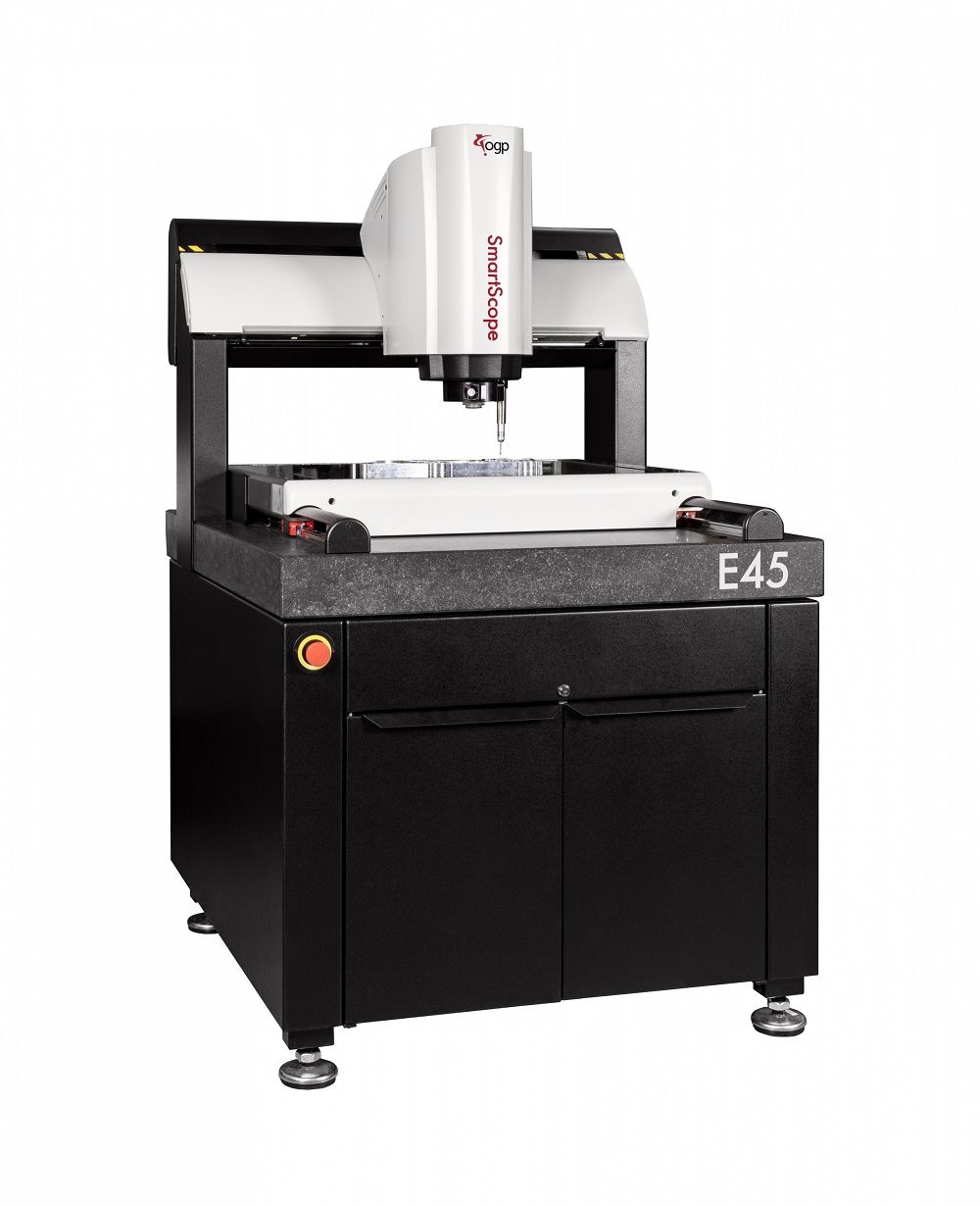Cwm Engineering has been on an acquisition trail over the past few years to target growth in high-technology sectors. As part of its journey, the Welsh company has moved to a new purpose-built 10,000sqft factory to make space for its investment in new machine tools. With more than five machines purchased in the past three years, the company recognised a requirement for a dedicated inspection department with high-end metrology equipment, which is why CWM Engineering installed a Mitutoyo Crysta-Apex V 7106 CNC CMM and a Mitutoyo surface roughness machine.
Cwm Engineering’s managing director Malcolm Walters says: “We’re fully aware that when potential customers visit a subcontract manufacturer, they want to see a dedicated metrology department to instil confidence in their supply chain choices. When it came to selecting equipment, Mitutoyo was the stand-out brand for our business. Mitutoyo is a name that everyone knows and respects as an industry leader and our previous experience with them was exceptional.”
Alluding to why the company invested in the Mitutoyo Crysta-Apex V 7106, Walters adds: “It has a measurement range of 700 x 1000 x 600mm packed into a small footprint. Furthermore, the level of information that can be obtained from the reporting system far exceeds anything we hadpreviously.”
Cwm Engineering also purchased a Mitutoyo surface roughness measuring machine, opting for a handheld solution to aid portability around the machine shop, if necessary.
Walters concludes: “Our investment in new Mitutoyo technology will put us in a strong position for the future. Furthermore, the Mitutoyo MCOSMOS software enables us to fully network our quality activities and reporting.”
For further information www.mitutoyo.co.uk






